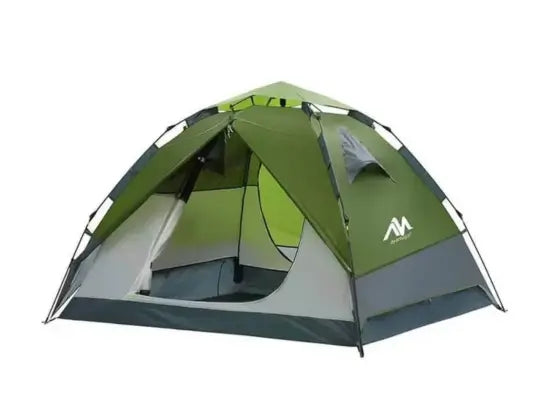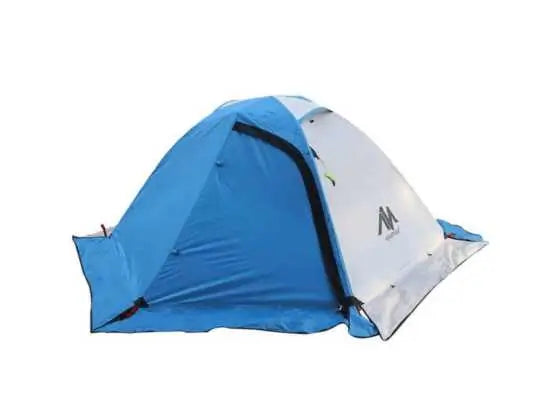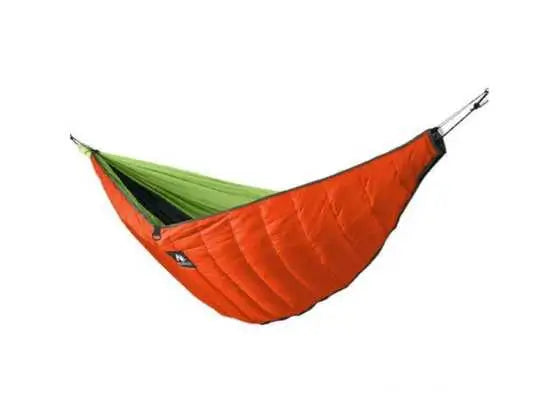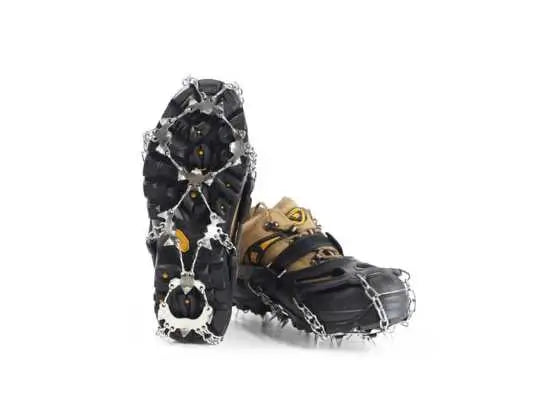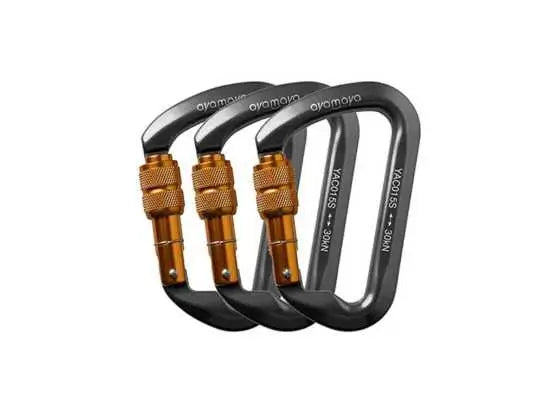A campfire is a vital part of camping. It is not always about the captivating scenery of the woods! Many people associate camping with pleasant nature, but they often fail to realize the crucial part; that is the campfire. A campfire has many roles in the campsite. It will be prudent to learn the tips on how the start a campfire.
You will need a campfire to ward off a chilly night before you sleep. It is also a meeting point where friends and family will gather for a lounge and chat. Chatting will get pleasant when it involves some activities like roasting the marshmallows and meats. All the activities around a campfire are impressive, but it is relevant to learn how to start a campfire.
Follow the following steps when lighting up the campfire
Step 1. Gathering Your Tools

You need to assemble the tools that will help you light a campfire. It takes knowing the relevant materials that you will need for ease.
First, you will need a tinder to ease kindling the fire. It can take many forms: wood shavings, commercial fire sticks and dryer lint. Other tinder materials are wadded paper, strips of chalkboard and wax. The lighter particles will ease the process of lighting the fire.
When you have the tinder materials ready, the next step in step one is kindling. You will need small twigs of smaller sizes that will easily kindle the fire. You will then assemble the firewood. Firewood can vary in size and shape, but you should get the bigger one to make an attractive campfire. You can get a whole log or the split of logs. The prudent part of the campfire is to be sure that it stays for long.
You will not be breaking the branches of trees in the campsite because the agency will not permit that. It is imperative to note that there are many visitors and the campsite and if all will rely on the branches, then we may not be having the campsites.
Finally, you should have the matches and lighters in place. Lighters are eh only way that will help you get started with a campfire. Without it, the materials you have will be useless.
Step 2: Building the Campfire
It takes some steps to build up a campfire before you light it on. Some campsites will have fire rings from the previous users. IT implies that you won’t have a comfortable place to establish a campfire. You will need to push the charcoal and the ashes to the outer edges to create a room for a new fire. You can shovel the stone-cold ashes, and dispose of them properly.
If you arrive at the campsite and won’t find a campfire pit, you will have to make your own. You will need to clear the vegetation in a 10 feet round diameter. You will then dig it down to find fine soil. The soil and dirt can get a role if you get creative. Use them to make a firewall. If you find rocks, use them to create insulation around the campfire.
When you are ready with the campfire pit, you will place the tinder at the center of the campfire, and perhaps start the campfire. Tinder materials will be lighting faster, and you will have to choose between the following fire types.

The Teepee Fire
If you intend to use your campfire for cooking, then you can make a teepee style campfire. You will build larger teepee firewood over the kindling and lit it on. When you lit it, the flames will rise, and you will observe the flames through the kindling into the larger wood.
The Lean-to Fire Style
The lean-to fire style is another kindling style that will be best for cooking. The step is easy. You will need to stick a long piece of kindling into the ground above the tinder at a 30-degree angle. The other end of the stick should point into the wind. You will then get smaller pieces of kindling against both sides of the long kindling piece to make a structure like a tent.
The Crossfire
If you need a long-lasting fire, a crossfire will be a better option. You will start by laying the kindling over the tinder bed in a criss-cross fashion, then you arrange the logs and firewood afterwards.
The Log Cabin Fire
Long cabin fire is another form of long-lasting fire that you can opt for. You will start by making a kindling teepee over the tinder, then laying two logs on either side of the cone. You will then need to place more logs on top of the other logs to form a square. Shorter pieces will be useful in building it up.
Step 3: Light the Fire
Now the prudent stage of a campfire is to light. When you have the preparations ready, and you have chosen the fire style. Then it means you are to start the campfire. It takes time to prepare a campfire, and then step 3 is just but the fruits of your labor. Ensure that everything is safe from the fireplace before lighting the tinder. For best results, light the tinder from all sides. You must never use gasoline to light the tinder because they are flammable.
When the fire is established, get some more woods and feed it on the fire to build a better and long-lasting fire. The fire extinguishing tools should be near just in case of fire emergencies.
Putting Out the Fire
You will not leave the campfire on for the whole week. Make sure that you put it off when the evenings are gone. The fire should be off completely, and you ought to have sufficient time to do it. The initial stage is to sprinkle water on the campfire, but not in excess lest you flood the fireplace. Be sure that the coals get wet. You can achieve this by using a stick or a shovel to stir it.
Before you head to sleep, ensure that the fire is off, and you should be creative enough to test if the fire is off. You can test it with the back of your hand. If it is warm, you need to put more effort until you are sure that it is off. You need to enjoy every moment during your camping, and you can achieve this through better preparation and better safety precautions.

Safety Tips
When you are out camping, you should be aware of the dos and Don’ts in the area. You need to learn the safety tips about the campfire. Fire accidents are dangerous, and you should handle fire with care when you are out camping. You need to ensure safety y for the family, your friend and the environment at large. Consider the tips below before starting a campfire.
- Be sure that campfires are allowed in the area. You can do your due diligence through research online. If you are not tech-savvy, then look for billboards that will direct you if you will light a campfire or not. You won’t miss rangers and camp wardens. They will help you when you are not sure.
- Check if the campsite ready. Your campfire pit should have proper edging, and dirt surrounding that will act as fire insulators. The 8 to 10 feet bare dirt’s are sufficient to form a fire ring. In case the campfire has surrounding flammable debris, you should be ready to clear it. The flammable debris may include overhanging branches and dry grass surrounding the campfire.
- Be watchful about the weather conditions. If there is an approaching storm, you should be careful with a campfire because it can harness a small campfire into uncontrollable tragedy. Pay attention to weather conditions and try to avoid campfires when the conditions are unfriendly.
- Carry your fire safety equipment as you head to the campsite. You should have a shovel and some gallons of water. You should have some loose dirt around to help you keep things in control when there is a fire breakout.
There are other safety tips that you should have in place when you are out camping. The goal here is to be safe. You don’t want to risk your family and friends, and you can only achieve this by doing better preparation.
Conclusion
In conclusion, a campfire is vital during camping. Learning the steps of making a campfire will make your camping to be enjoyable. knowing the safety tips makes you have peace of mind while you are out camping. It does not cost a thing to understand the tips. Learn it and be ahead of the rest in every camping venture.

